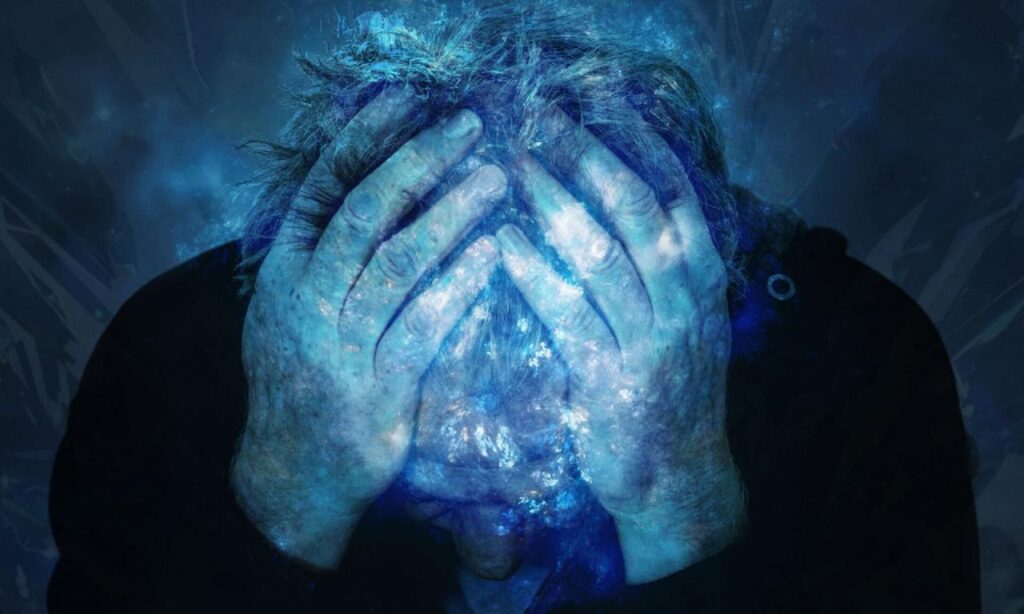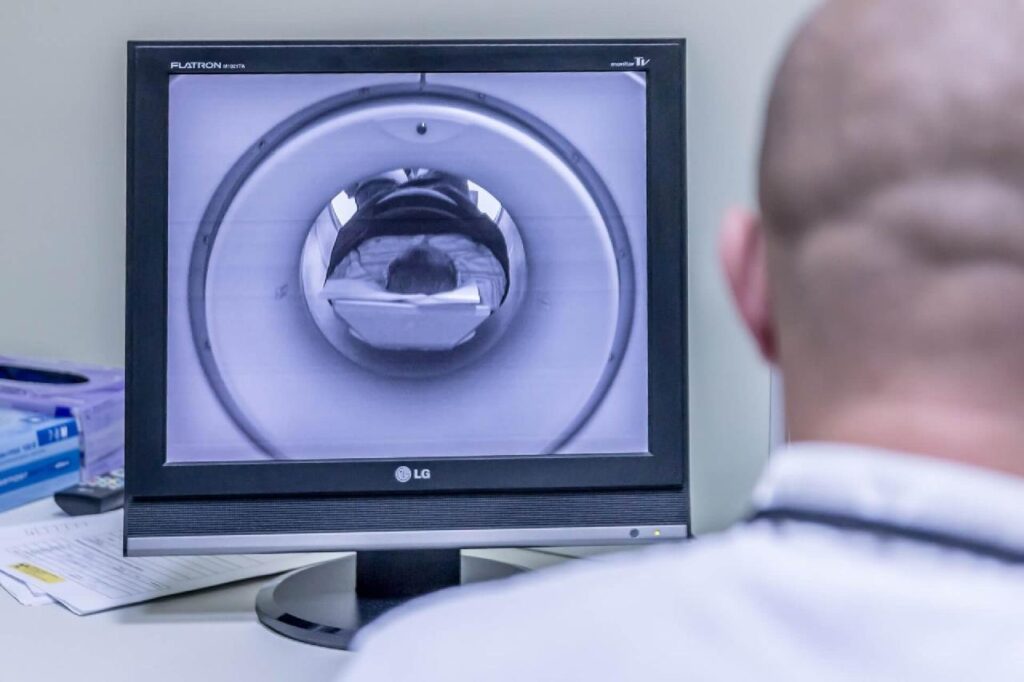Brain Injury: The Invisible Injury
- In brain injury, Personal Injury
- 19 May 2020

Why is a brain injury called the “invisible injury”?
Someone with a brain injury may look perfectly normal. No bleeding, no scars, no outward sign of any injury or defect. But inside the skull, their brain may be significantly injured.
Brain Injuries are Caused by Two Mechanisms of Injury: Impact or Inhalation
Impact Brain Injuries

Impact injuries are typically caused by tripping, falling or by vehicular crashes involving automobiles, trucks, bicycles, motorcycles, or skateboards, to name a few.
There are basically two types of impact injuries affecting the brain:
- One is caused by an impact that penetrates the wall of the skull and into the brain.
- The other type is blunt force impact to the skull, causing the brain to move and strike one side of the skull – which results in the brain re-bounding into the other side of the skull. This type of injury is called a “Coup Contrecoup” brain injury; in effect, a double injury.
Both types of impact injuries are capable of causing severe brain injury.
Inhalation Brain Injuries

As for Inhalation injuries, the most common causes are by breathing-in smoke, caustic chemicals, or carbon monoxide (“CO”).
By far, the most common type of inhalation brain injury is caused by carbon monoxide. Because CO is both colorless and tasteless, it is known as a “silent killer.”
How Does CO Injure or Kill?

When you breathe in normal air, oxygen attaches to the red blood cells already in your body to carry that oxygen to your brain and other organs. But if you breathe in CO, it attaches to and attacks your red blood cells thus preventing the delivery of oxygen to your brain. The result: Brain Injury or Death.
Patrick Bailey discusses brain injury due to carbon monoxide poisoningIf the CO victim isn’t dead, Carbon Monoxide brain injury cases can be very difficult to settle or litigate because the CO victim looks perfectly normal! No crutches, stitches, or a wheelchair — just a normal looking person sitting in the witness box.
So, in order to achieve an appropriate award from the jury, a medical doctor with substantial brain injury expertise such as – CO poisoning expertise – is required in order to properly educate the jury to understand that brain injury damages can last for a lifetime.
Symptoms of Brain Injury

Common symptoms of brain injury include:
- Slurred or altered speech
- Mental confusion
- Blurred vision or sensitivity to light
- Difficulty thinking or understanding
- Memory loss.
If these symptoms are apparent in someone, he or she may well have a Traumatic Brain Injury (TBI).
Diagnostic Tools for Brain Injury

Diagnostic tools for confirmation of TBI will likely include:
- Xrays, Magnetic resonance imaging (MRI) and CT scans – for signs of internal bleeding (hemorrhaging) or brain tissue swelling
- Blood samples for carboxyhemoglobin in Carbon Monoxide poisoning cases
From a legal perspective Traumatic Brain Injury (TBI) can involve permanent brain damage for the lifetime of the victim.
One of the most important facts that a jury must understand is that a brain injury is an injury for a lifetime.
To the victim, it is: The Cost of Losing What Used To Be Normal

If you or a loved one has suffered a brain injury, contact Bailey & Partners for a free consultation. Our brain injury attorneys stand ready to support you.
Contact us for a FREE complimentary case evaluation:
- Call: (310) 392-5000 or 800-973-2263
- Email: [email protected] or
- Fill out the form on this page.
Related Posts
- Update to the Mid-Air Float Plane Accident in Alaska that Killed 6
- Why Do Airplanes Crash?
- Carbon Monoxide Poisoning in Koreatown, CA Apartment Complex Causes Death, Personal Injuries and Displacement of Many
- Excessive Aural Warnings in Cockpit Contribute to Crash of Jet Aircraft at London Area Airport
- JUDGE’S POWER TO MODIFY JURY’S DECISION

